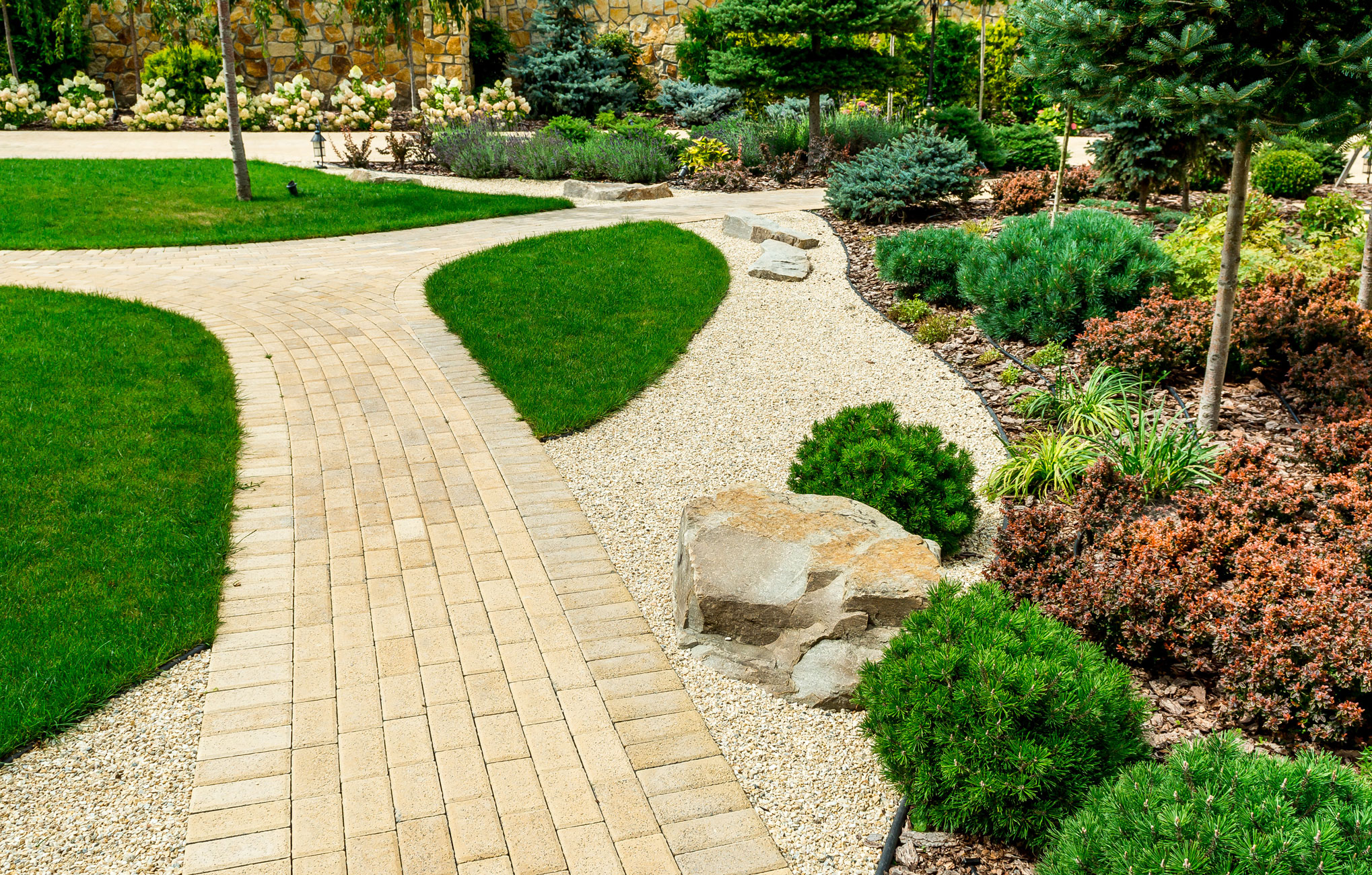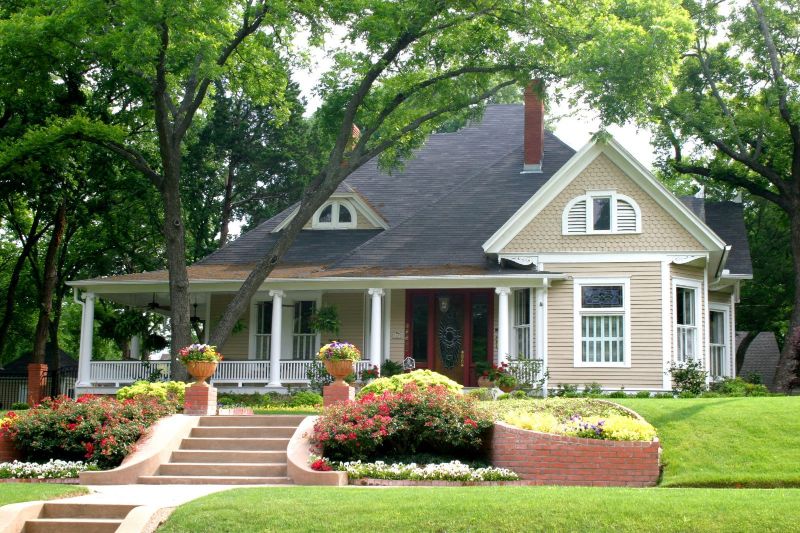A well-designed and beautifully landscaped yard can significantly enhance the curb appeal and overall value of your property. Whether you're starting from scratch or looking to revamp your existing landscape, this ultimate guide to landscaping and design will provide you with expert tips and inspiration to create the yard of your dreams. From planning and design to plant selection and maintenance, we've got you covered with everything you need to know.
Step 1: Assess Your Yard
The first step in transforming your yard is to assess its current state. Take a walk around your property and analyze its strengths and weaknesses. Identify the areas that receive the most sunlight and shade, as well as any potential problem areas, such as poor drainage or erosion.
Consider how you use your outdoor space and what activities you would like to accommodate, such as entertaining, gardening, or relaxation. Understanding your needs and the unique characteristics of your yard will serve as a solid foundation for the design process.
Step 2: Create a Design Plan
Once you have assessed your yard, it's time to create a comprehensive design plan. Sketch out your ideas on paper or use landscaping software to visualize the layout and arrangement of different elements.
Your design should include:
- Hardscaping: Incorporate pathways, patios, decks, and other non-living elements that add structure and functionality to your yard.
- Plantings: Choose a variety of plants, trees, and shrubs that complement each other in terms of color, texture, and seasonal interest.
- Focal Points: Identify areas that will serve as focal points in your yard, such as a stunning flower bed, water feature, or a decorative sculpture.
- Outdoor Living Spaces: Designate spaces for outdoor dining, seating, and recreational activities.
- Lighting: Plan for appropriate outdoor lighting to highlight features, provide security, and extend the usability of your yard into the evening.
Step 3: Select the Right Plants
Choosing the right plants is crucial for a successful landscape. Consider factors such as your region's climate, soil type, and the amount of sunlight your yard receives. Opt for a mix of perennial and annual plants to ensure year-round beauty.
Use plants with varying heights and textures to add depth and interest to your landscape. Native plants are an excellent choice as they are well-adapted to your local environment and require less maintenance.
Step 4: Implement Hardscaping Elements
Hardscaping elements like pathways, patios, and decks provide structure and functionality to your yard. Materials such as natural stone, brick, or concrete can add character and style to your outdoor spaces.
When installing hardscaping, ensure proper drainage to prevent water accumulation and potential damage. Consider the flow of foot traffic and how each element connects to the overall design plan.
Step 5: Consider Water Features
Water features, such as fountains, ponds, or waterfalls, can add a soothing and tranquil ambiance to your yard. They also attract wildlife, like birds and butterflies, adding a touch of nature to your landscape.
When incorporating water features, ensure they are balanced with the overall design and scale of your yard. Proper maintenance is essential to keep the water clean and prevent any potential issues like algae growth.
Step 6: Outdoor Lighting
Outdoor lighting not only enhances the beauty of your yard but also improves safety and security. Consider a combination of soft, ambient lighting for entertaining areas and focused lighting for accentuating focal points.
Solar-powered lights are an eco-friendly option and provide flexibility in positioning without the need for electrical wiring.
Step 7: Maintenance and Care
Once your yard transformation is complete, regular maintenance is vital to keep it looking its best. Establish a routine for watering, pruning, fertilizing, and pest control to ensure the health of your plants.
Regularly inspect hardscaping elements for any signs of wear or damage and address issues promptly. Keep your outdoor living spaces clean and organized to enjoy a tidy and inviting yard throughout the year.
Transforming your yard through landscaping and design can be a rewarding and enjoyable experience. By assessing your yard, creating a thoughtful design plan, selecting the right plants and hardscaping elements, and considering water features and outdoor lighting, you can create a stunning and functional outdoor space that complements your lifestyle.
Remember that proper maintenance and care are essential for the long-term success of your landscape. So, roll up your sleeves, gather your ideas, and get ready to transform your yard into a beautiful and inviting oasis that you, your family, and your guests will love to spend time in.

